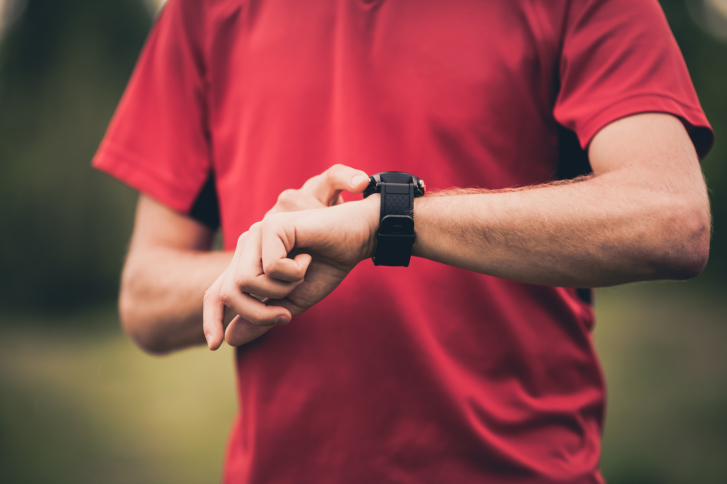Runners’ hearts work harder than swimmers’ hearts: study
We always knew athletes had big hearts. A new study shows slight differences between runners' hearts and swimmers' hearts

Everyone knows that athletes’ hearts are bigger and pump more efficiently than those of sedentary people. But a recent Canadian study reveals subtle differences in the hearts of athletes training in different sports. In very simple terms, it suggests that elite runners’ left ventricles work harder and grow bigger than those of elite swimmers.
The findings of a new study that looked at the heart of a swimmer vs. the heart of a runner underscored how sensitive our bodies are to different types of exercise https://t.co/3pzTJpbRHB
— The New York Times (@nytimes) April 5, 2019
RELATED: Pacemaker Kemoy Campbell to receive heart pacemaker
The study, which was published in the November 2018 issue of Frontiers in Physiology and described in an April 3 story by New York Times writer Gretchen Reynolds, used echocardiograms to compare the left ventricles of 16 elite swimmers and 16 elite runners, the left ventricle being a part that does much of the blood-moving work and that changes significantly with exercise. The study was conducted by researchers at the University of Guelph, the University of Toronto, the Toronto General Hospital, Michigan State University and the Fédération Internationale de Natation in Switzerland.
Researchers have looked at the specific differences in the left ventricles of athletes practising different sports in the past, but it may be the first time swimmers’ hearts were examined in such detail and compared directly to those of runners’.

The left ventricle pumps oxygen-rich blood from the lungs out to the other organs and muscles, and it gets a workout when we work out. Reynolds describes this collecting and distributing of blood as “using a rather strenuous twisting and unspooling motion, as if the ventricle were a sponge being wrung out before springing back into shape.” An elite athlete’s highly-trained left ventricle can pump significantly more blood to where it’s needed during exercise than a sedentary person’s–and the more you train it, the better it gets.
RELATED: What is RPE and how can you use it in training?
The athletes’ heart and left ventricle function were examined only while resting, not during exertion, and the researchers suggested it would be useful to study and compare left ventricle function in athletes practising different sports during exercise. Both sets of athletes showed excellent cardiovascular health and low resting heartbeats of around 50 beats per minute. They all also showed strong left ventricles. But the runners’ left ventricles twisted and unspooled, as Reynolds describes it, slightly earlier and more vigorously than those of the swimmers.

This doesn’t necessarily mean you get fitter by running than by swimming, though the researchers did suggest that swimmers could improve their left ventricle function in a way that would benefit their swimming by incorporating running into their training (as many do). At the elite level, we’re talking about tiny differences in physiology that may only be observable in the lab. The researchers also surmised that in both sports, athletes’ hearts work exactly as efficiently as they need to for their sport. The fact is, swimmers are relatively weightless in the water and do not have to fight gravity as runners do, so their hearts are not taxed to quite the same degree.


